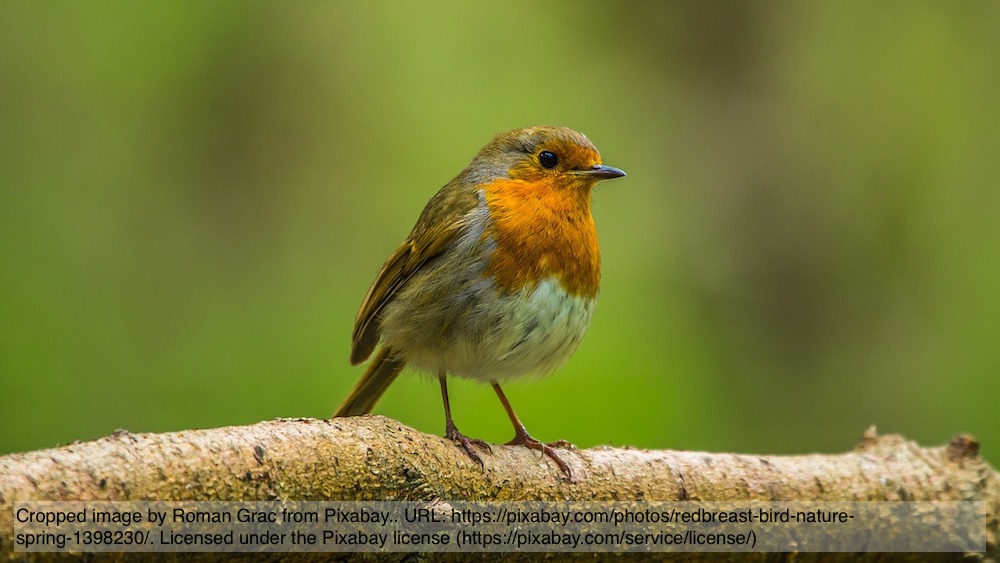Changes of the breeding birds on a forest-dominated farm in southern Sweden from the 1970s to the 2010s
DOI:
https://doi.org/10.34080/os.v27.19561Abstract
I compare the number of breeding birds of a 70 ha farm in a forest region of southern Sweden between the 1970s and the 2010s. The most important habitat change was replacement of 25 hectares 100 years old mixed forest by spruce plantation. Stands dominated by deciduous trees only grew older, and pastures were grazed by cattle both periods. More species decreased than increased, especially residents and tropical migrants decreased. For short distance migrants, the number of decreasing species were balanced by a similar number of increasing species. The density change of most species could be attributed to the replacement of the old mixed forest by the spruce plantation. Species preferring deciduous forest had much higher densities in the study plot than the regional averages. Two deciduous forest species, Pied Flycatcher Ficedula hypoleuca and Marsh Tit Poecile palustris declined strongly, the latter possibly due to competition from the increasing Blue Tit Cyanistes caeruleus. The Starling Sturnus vulgaris and the Tree Pipit Anthus trivialis stands out as drastically decreasing much more than local habitat changes can explain.
Downloads

Downloads
Published
How to Cite
Issue
Section
License
The copyright of each contribution belongs to the author(s), but all contributions are published under a Creative Commons license, so that anyone is free to share and reuse the contribution as long as the copyright holder is attributed.







